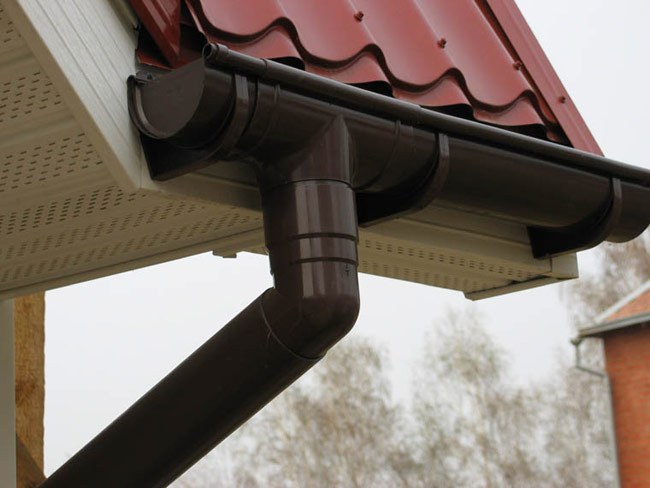You will need
- the tube
- - chute,
- - fitting,
- fastening member.
Instruction
1
For installation of the drain on the roof of the building it is necessary to calculate the required material and stock up on the necessary tool. The most optimum variant of production system draining rain water is a plastic pipe which does not corrode, easy to assemble and, in addition, has a low weight.
2
The drainage system consists of the following elements: the fitting, downspout, gutter, connectors, and brackets that hold the drain structure. Prior to installation of the system will have to determine which way the water will drain to take the place of withdrawal.
3
Measure the distance, which will be located on the chute. This is necessary for proper procurement of raw materials. Brackets should be placed at a distance of 60 cm from each other.
4
If you make a unilateral draining, then you need a plug for the chute, through which the water will flow in one direction only. If you make the system drain for a small house, you may approach the size of the chute up to 12 cm, and a pipe to drain can be used with a diameter of 10 mm. If you make the system of rainwater drainage for the house with a large roof area, then these parameters should be increased.
5
When installing the system the main thing to define a slope for draining rainwater. This slope must not be less than 5 mm and not more than 15 mm. If you make a bigger slope on the performance of the drainage system he will not be affected, but it will spoil the appearance of the house.
6
In addition, you will need special glue for the connection of gutters. Of the tools you will need hacksaw, screwdriver. The glue need to connect the parts to avoid leakage of the connection grooves, the fastening of the fitting and pipe to drain water. The elements of the tubes are connected on the principle of the puzzle, declareas "one-to-one".
7
When you assemble the drainage system at home, check how it works, and, if necessary, immediately adjust it. To do this, pour into the drain 3-5 gallons of water and see how it goes. Still need to pour water on the roof to make sure that roof water normally enters the chute. If in the process of checking the discharge system has any defects, repair them immediately, without any delay.
8
Currently available extra system defrosting frozen storm sewers. They are executed on the basis of warm-up wires and moisture sensors. But such a system will cost more money, and more difficult installation.


